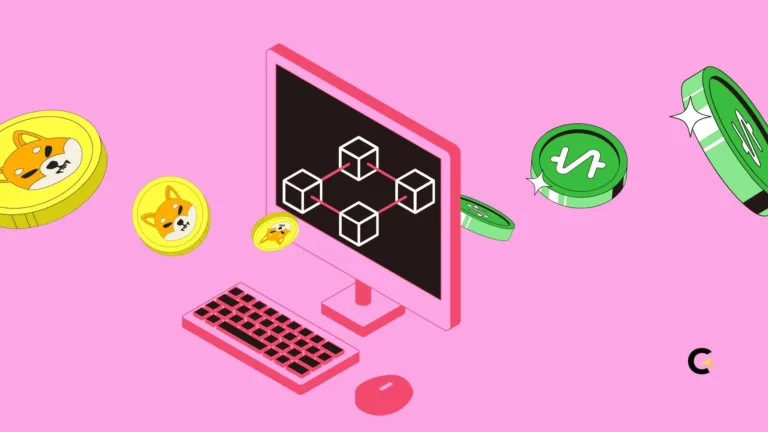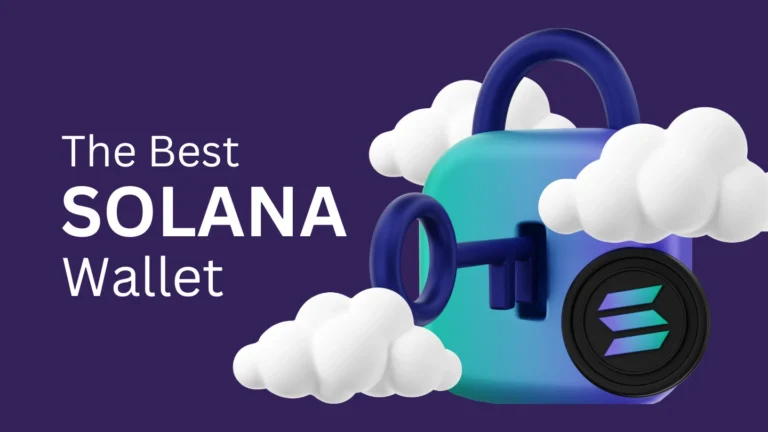How to Get a Bitcoin Address
How to get a Bitcoin address is a crucial first step in entering the world of cryptocurrency.
With growing interest in digital assets, many individuals wonder about the process and best practices involved in creating and managing a Bitcoin address.
This article walks you through everything from understanding what a Bitcoin address is to selecting the best wallet and ensuring top-notch security.
Key Takeaways:
ShowChoosing the Right Types of Bitcoin Wallets
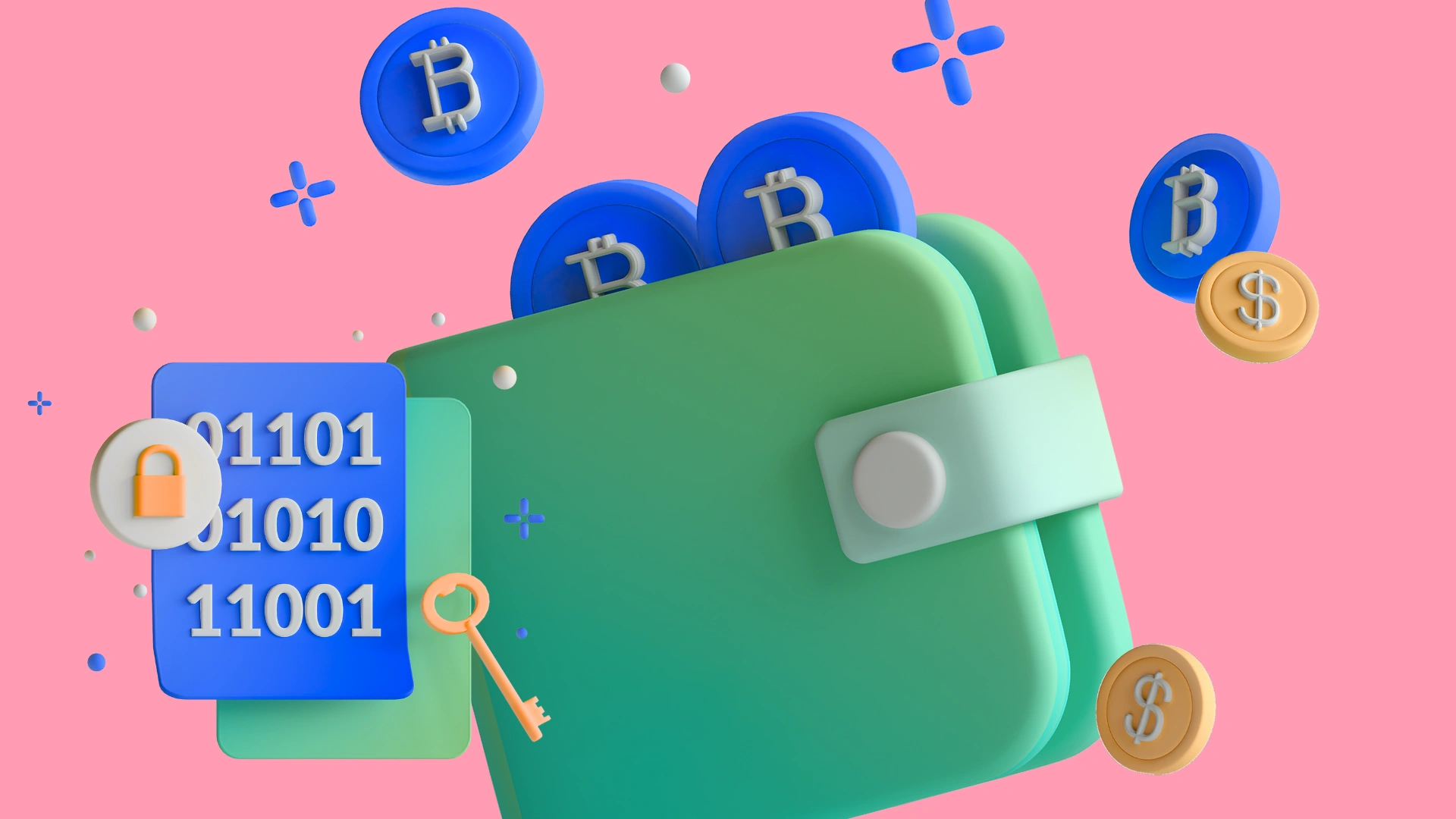
If you are new, these step is the first thing to done. However, selecting the right wallet is critical because it directly affects your cryptocurrency management experience, security level, and convenience.
There are several categories of wallets, each designed with distinct advantages and trade-offs.
1. Software Wallets (Hot Wallets)
Software wallets, including popular options like Coinbase, Trust Wallet, Electrum, and B2BINPAY, are easy-to-use applications that can be installed directly on your smartphone or desktop.
Ideal for frequent transactions when day trading, these wallets allow instant access to your Bitcoin.
However, their connectivity to the internet exposes them to increased security risks.
2. Hardware Wallets (Cold Wallets)
Hardware wallets such as Ledger and Trezor provide the highest level of security by storing your Bitcoin offline.
These physical devices safeguard your private keys away from online threats.
While they require some initial setup, like generating and safely storing a recovery phrase, they are unmatched in security, making them the best choice for storing significant amounts or long-term holdings.
3. Web Wallets
Web wallets, accessible through browsers, offer convenient access to Bitcoin. They are beneficial for quick transactions or beginners unfamiliar with technical setups.
However, because web wallets depend heavily on third-party services, they pose a heightened risk if the provider experiences a security breach. Always choose reputable providers to minimize risks.
4. Custodial Wallets
With custodial wallets, third-party providers manage your private keys. They offer simplicity, easy recovery options, and convenience for beginners or less tech-savvy users. However, users risk losing assets if the provider is compromised.
Read more: The Best Non-Custodial Crypto Wallet 2025
5. Self-Custody Wallets
Self-custody wallets empower you with full control over your Bitcoin by placing private key management entirely in your hands.
This option is highly secure when managed diligently but requires responsibility in safeguarding recovery phrases and security measures.
Step-by-Step How to Get a Bitcoin Address
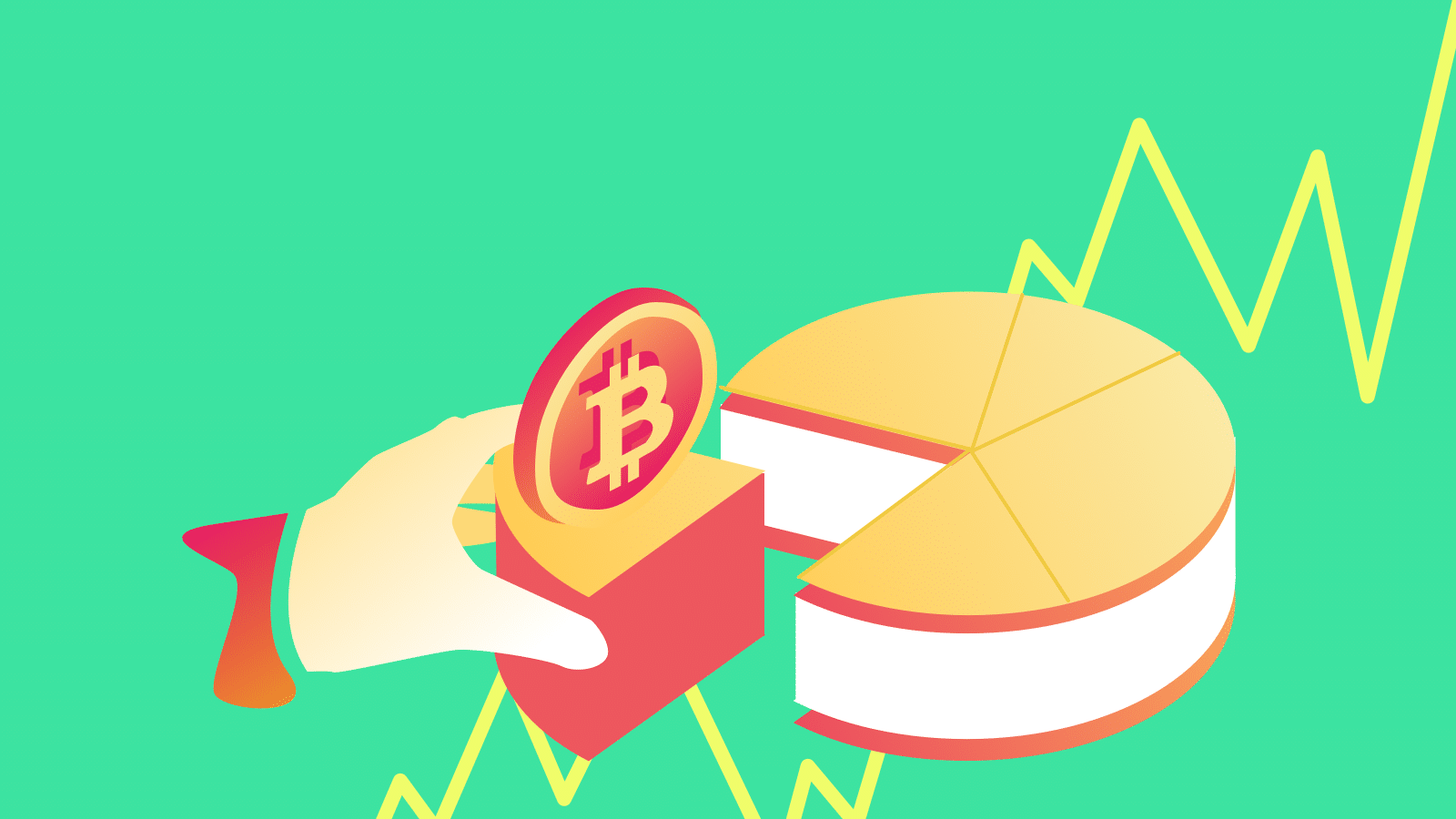
Once you’ve decided on the type of wallet best suited to your needs, acquiring your Bitcoin address is a straightforward process:
1. Download and Install Your Wallet
Choose a reputable wallet and install it from the official website or authorized app store to avoid fraudulent applications.
2. Create a Wallet
Follow your wallet’s setup instructions. This typically involves creating a strong, unique password and securely backing up your recovery seed phrase. Keep your seed phrase offline, preferably in multiple secure locations.
3. Locate Your Bitcoin Address
After successfully creating your wallet, navigate to the “Receive” or “Deposit” section.
Here, you’ll find your Bitcoin address, a unique alphanumeric string or QR code designed for secure transactions.
Understanding Bitcoin Address Types
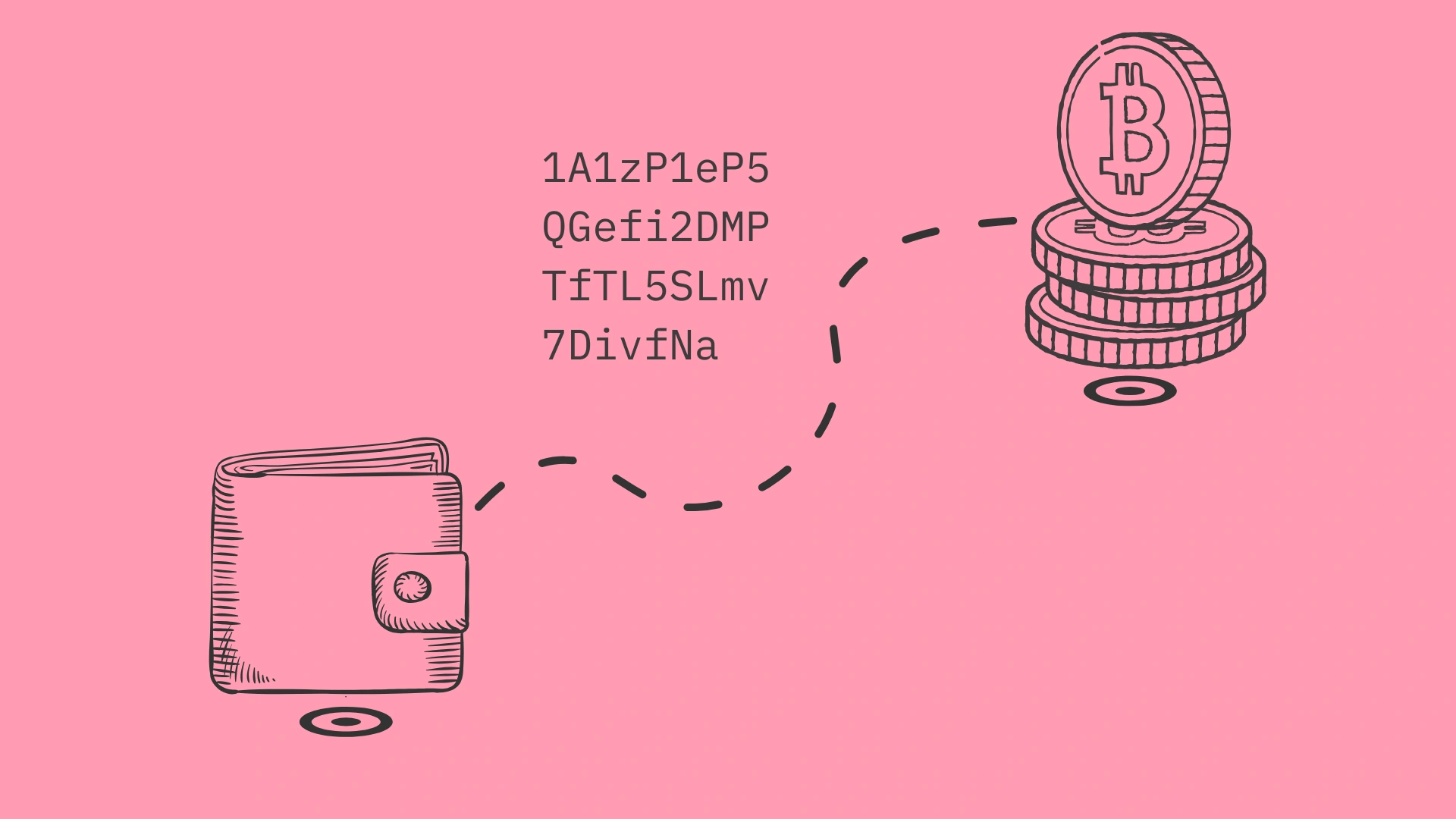
Bitcoin addresses vary in format and have specific use cases and features. Familiarizing yourself with these helps you choose appropriately based on your needs:
- Legacy Addresses (P2PKH): Addresses starting with “1” are widely compatible but incur higher transaction fees.
- SegWit Addresses (P2WPKH): Addresses starting with “bc1q” offer lower transaction fees and faster processing but might not be universally supported.
- Compatibility Addresses (P2SH): Addresses beginning with “3” support complex transactions like multi-signature wallets but may involve higher complexity.
- Taproot Addresses (P2TR): Addresses starting with “bc1p” provide advanced privacy features and enable sophisticated smart contract functions, though support is currently limited.
Best Practices for Securing Your Bitcoin Address
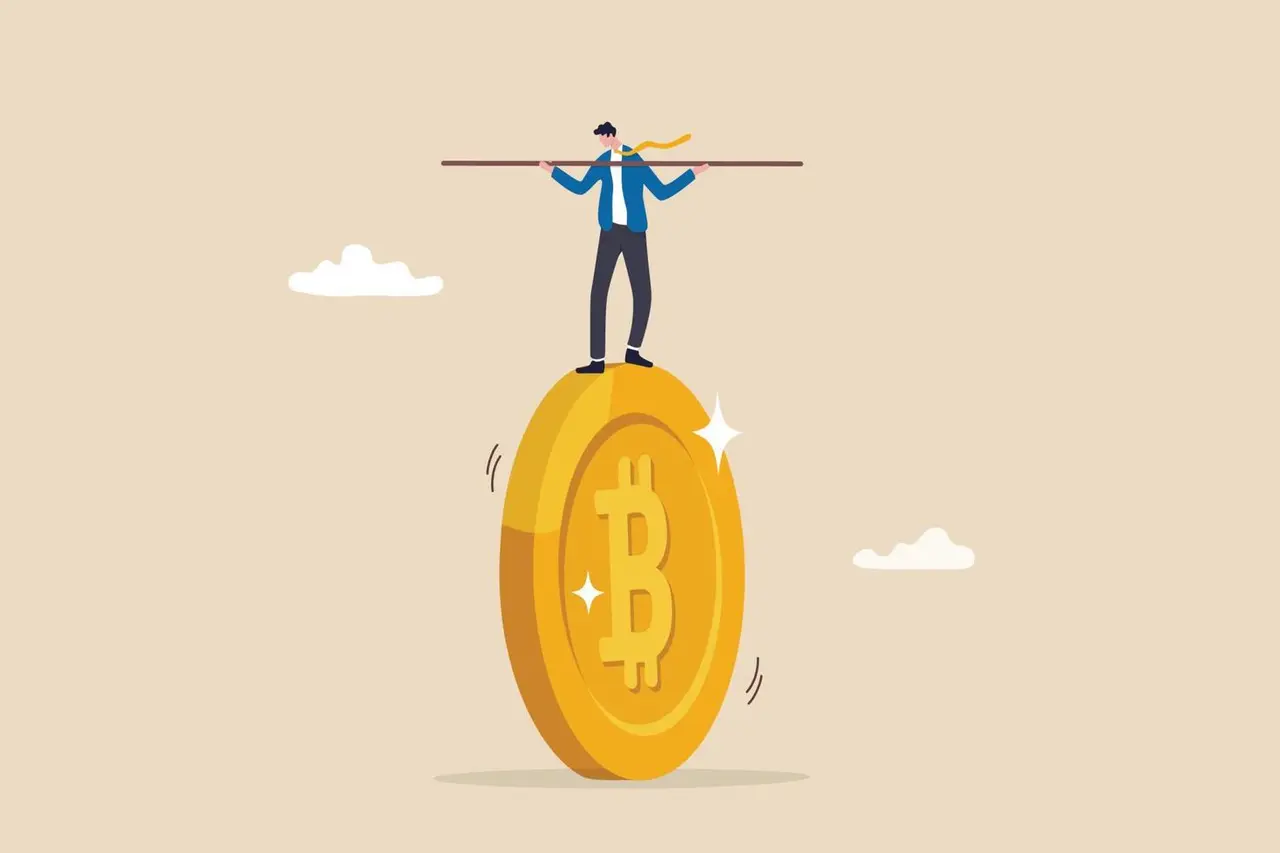
Have a depth of how to get a Bitcoin address is one thing, but find out how to secure a crypto wallet while keeping your Bitcoin address secure is another things. Here are guide to follow:
1. Essential Security Tips
- Strong, Unique Passwords: Use complex passwords that combine letters, numbers, and symbols.
- Secure Storage of Seed Phrase: Never store your recovery seed phrase digitally; write it down and secure it physically in multiple secure places.
- Enable Two-Factor Authentication (2FA): This extra layer dramatically improves security.
- Regular Updates: Regularly update your wallet software to fix security vulnerabilities and ensure optimum security.
- Verify Addresses: Always double-check Bitcoin addresses before transactions, using small test transactions for verification.
2. Recognizing and Avoiding Common Scams
Awareness of typical scams enhances your ability to protect your Bitcoin:
- Phishing Attacks: Scammers create fake websites or emails mimicking legitimate services. Always verify the authenticity of websites.
- Fake Giveaways: Avoid schemes promising to double your Bitcoin, they are invariably fraudulent.
- Impersonation Scams: Legitimate support teams will never request private keys.
- Address Poisoning: Scammers trick users with similar-looking addresses; always carefully verify recipient addresses before sending Bitcoin.
3. Privacy Considerations with Bitcoin
Bitcoin transactions are pseudonymous, they can be tracked back to Bitcoin addresses, though not directly to personal identities.
4. Improving Transaction Privacy
- CoinJoin: This mixes transactions from multiple users, making tracing transactions more challenging.
- Taproot: Enables advanced transaction privacy by disguising complex transactions.
- Avoid Address Reuse: Always use new addresses to significantly enhance privacy.
Final Words
By carefully selecting your wallet, adhering to security best practices, recognizing scams, and enhancing your privacy, you can confidently navigate the process of learning how to get a Bitcoin address and secure your cryptocurrency journey.





